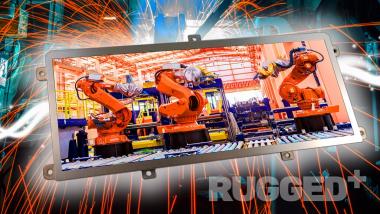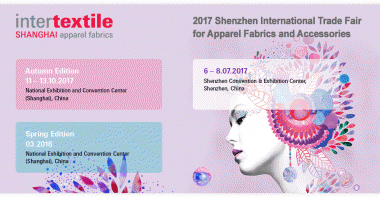Anschlussfertig: TFT-Displays von KOE jetzt als Kitlösung
- Distec bietet Komplettprogramm in robuster Industriequalität für Automation, Industrie 4.0, Digital Signage, Infrastruktur und Bauwesen
Die Distec GmbH – einer der führenden deutschen Spezialisten für TFT-Flachbildschirme und Systemlösungen für industrielle und multimediale Applikationen – ist seit November 2020 offizieller Distributor für die robusten, industriellen TFT-Displays des Herstellers Kaohsiung Opto-Electronics (KOE). „Die qualitativ hochwertigen TFT-Displays lassen sich perfekt mit unseren eigenentwickelten, robusten Prisma TFT Controllern ansteuern“, erläutert Leonhard Spiegl, Product Manager Components bei Distec. „Für eine einfache Inbetriebnahme bieten wir deshalb komplett anschlussfertige, industrielle Kitlösungen mit allem nötigen Zubehör an. Die lange Verfügbarkeit der Displays passt dabei perfekt in unser Konzept, das Kundenzufriedenheit und eine hohe Produktqualität priorisiert.“ Die absolut robusten Displays eignen sich besonders für extreme Einsatzbedingungen wie beispielsweise Automation, Industrie 4.0, Digital Signage, öffentlicher Verkehr, Landwirtschaft und Bauwesen.
Rugged-Serie von KOE überzeugt auf ganzer Linie: gewohnt zuverlässige Industriequalität
Die TFT-Displays der Rugged-Serie von KOE sind sehr widerstandsfähig gegen Vibration und Schock. Der ausgesprochen weite Arbeitstemperaturbereich von -40 bis +85 °C erlaubt den unproblematischen Betrieb der Displays auch bei starker Kälte oder Hitze. Außerdem bieten die Displays eine hohe Helligkeit und einen weiten Winkel mit IPS-Technologie für perfekte Ablesbarkeit in hellem Umgebungslicht und bei seitlicher Betrachtung. Zero Bright Dot ist bei der Rugged-Serie Standard und ergänzt die hervorragenden optischen Eigenschaften. Die Testkriterien für KOEs Zuverlässigkeitstests übertreffen den Industriestandard um den Faktor 2. Einige KOE-Displays sind bereits mit LTPS-Technologie gefertigt und haben dadurch einen besonders geringen Energieverbrauch, der einen problemlosen Einsatz in Mobilgeräten ermöglicht. Mit Distecs VacuBond Optical-Bonding-Verfahren kann auf Wunsch ein Schutzglas auf das Display aufgebracht werden. Es schützt das Display vor Verschmutzung und Beschädigungen durch raue Einsatzbedingungen und erleichtert das Reinigen des Displays. Das dabei eingesetzte Hightech-OPTα-GEL® erhöht die Vibrations- und Schockfestigkeit der gebondeten Einheit zusätzlich. Touchscreens können ebenso optisch auf das Display gebondet werden.
Distec hat ständig eine Auswahl an KOE-TFT-Displays auf Lager und kann Kundenprojekte schnell bedienen. Auf Anfrage ist das gesamte KOE-Produktprogramm lieferbar. Sowohl Plug-and-play-Kitlösungen als auch kundenspezifische Systemintegrationen sind möglich.
Distec GmbH TFT-Display KOE-Produktprogramm Leonhard Spiegl Automation Industrie 4.0 Digital Signage Infrastruktur Bauwesen
ahlendorf communication














